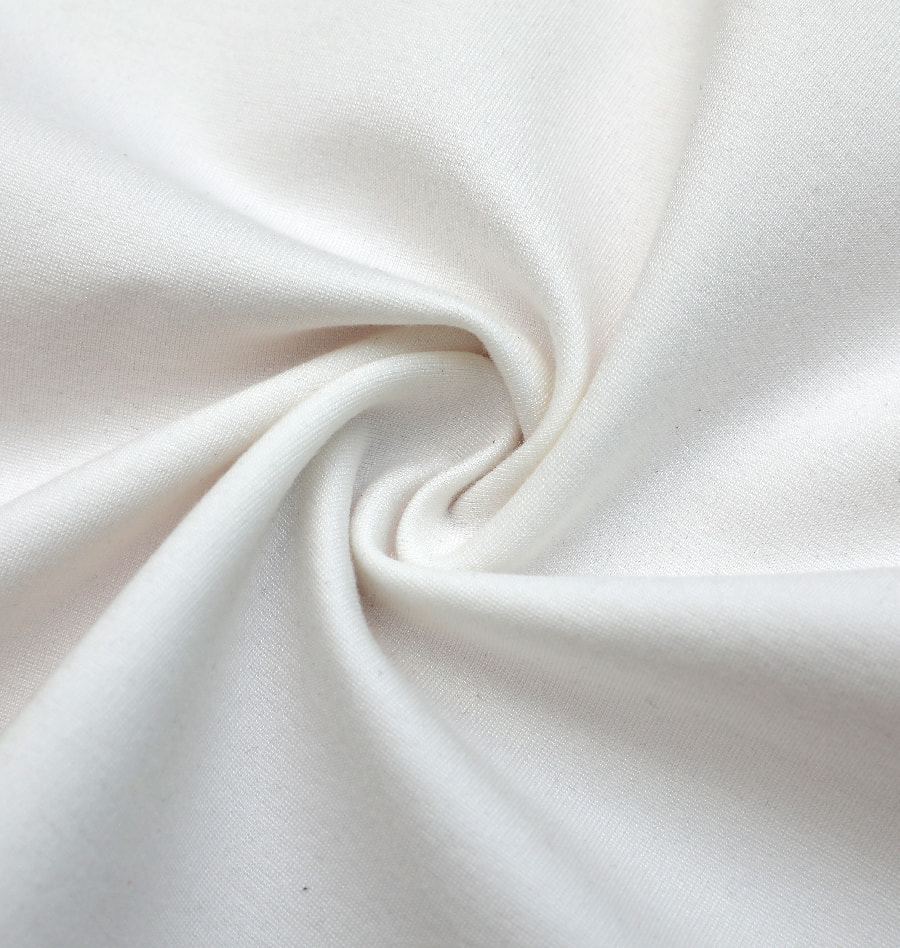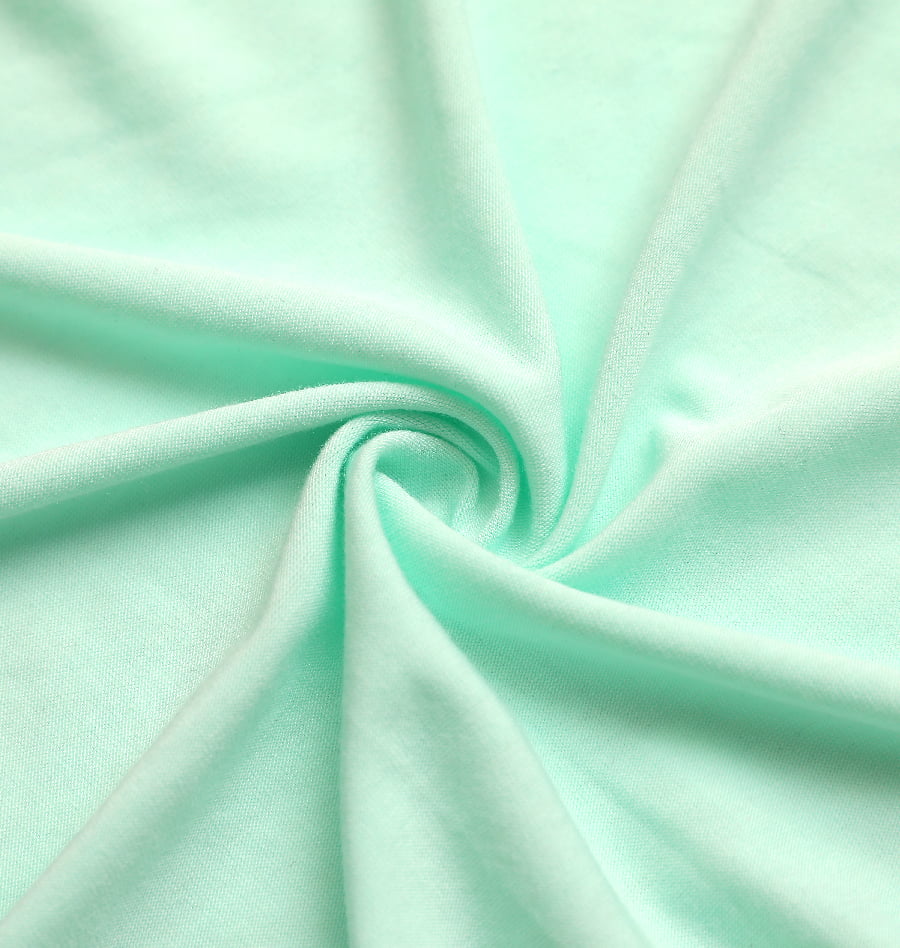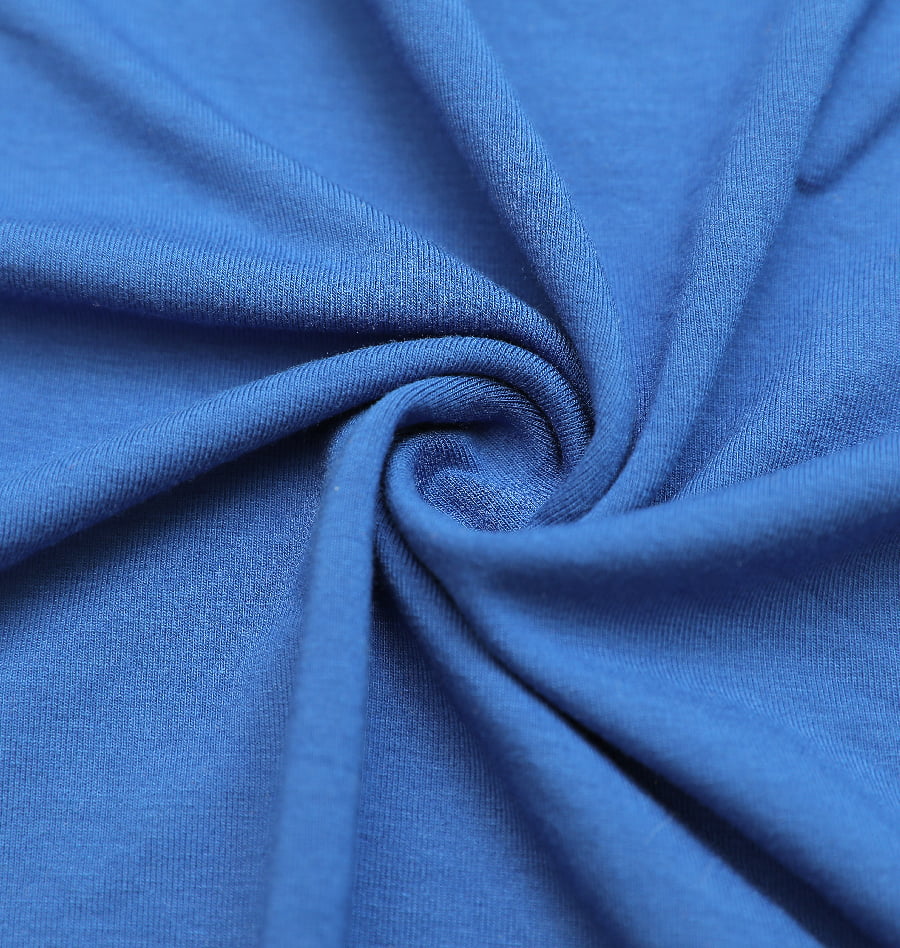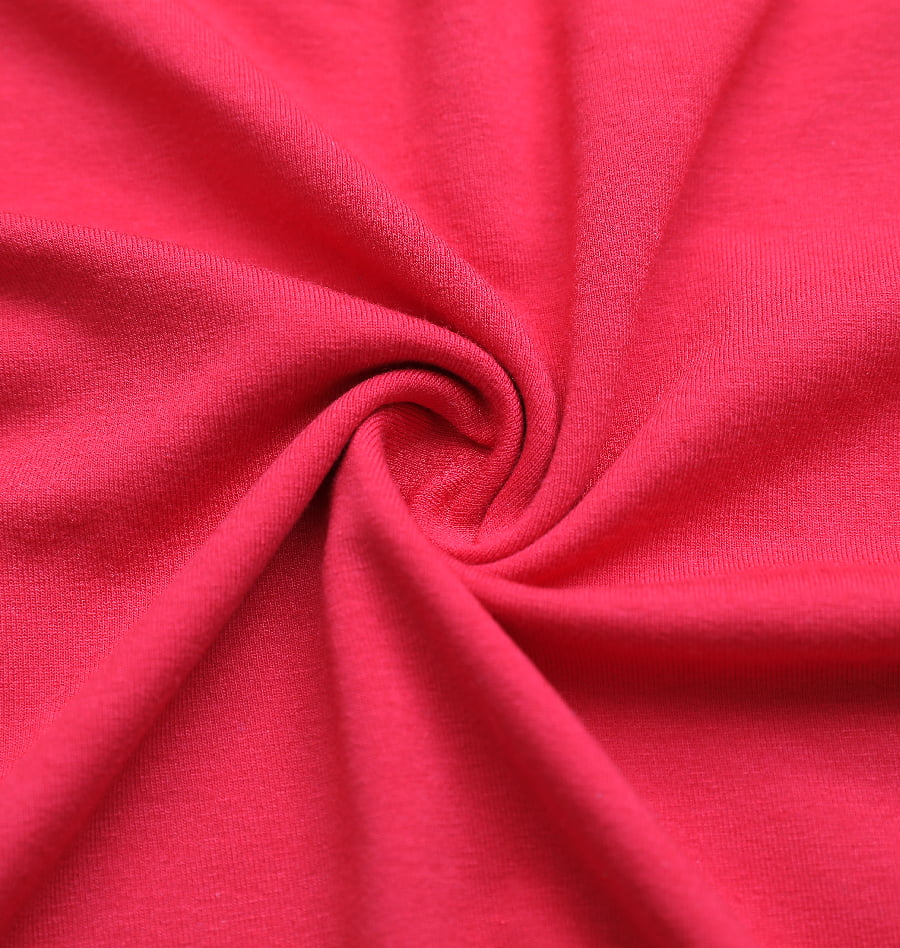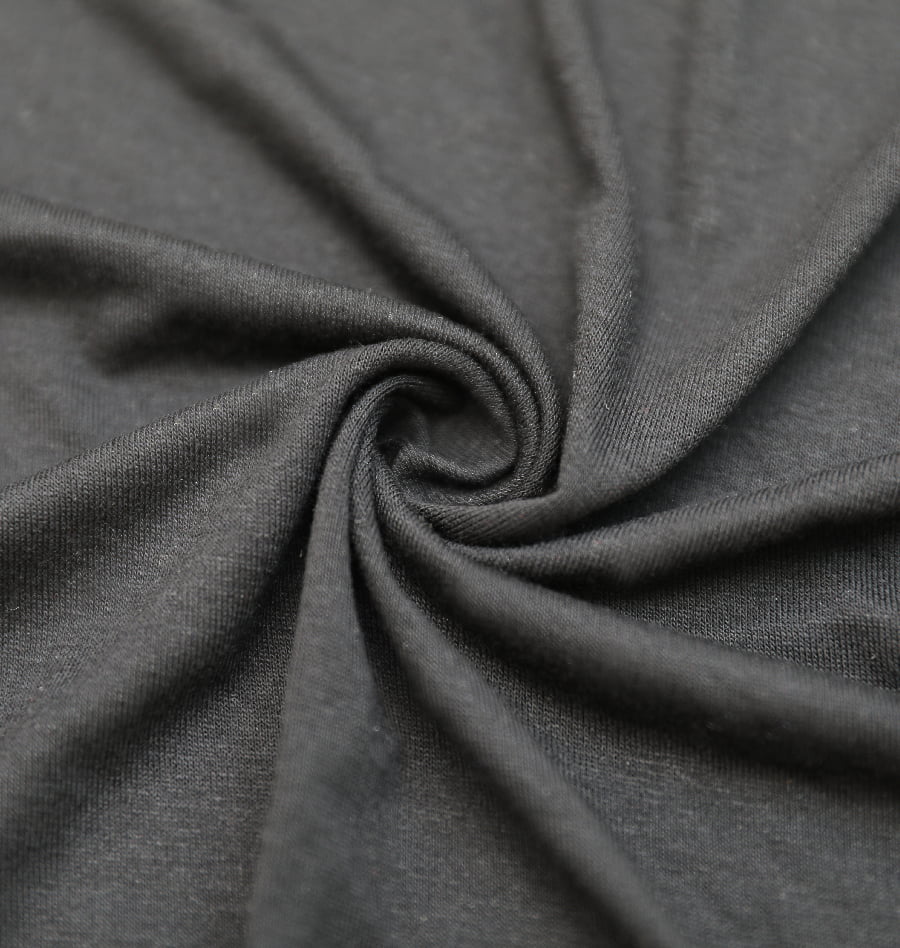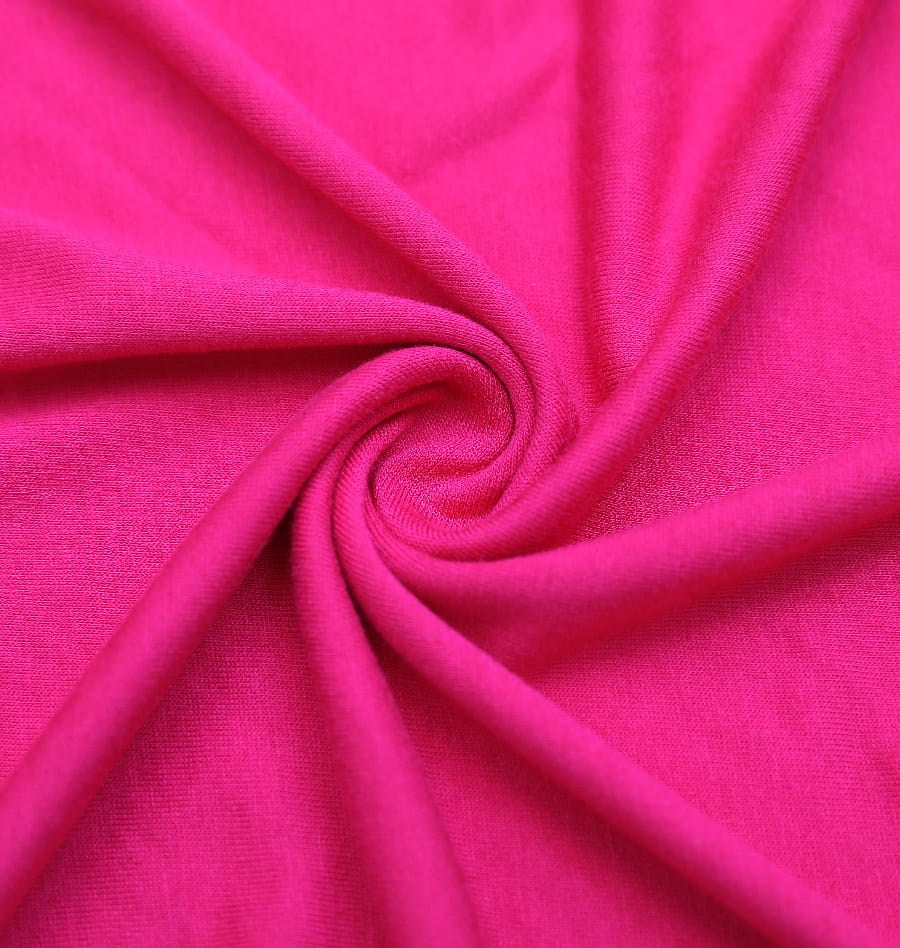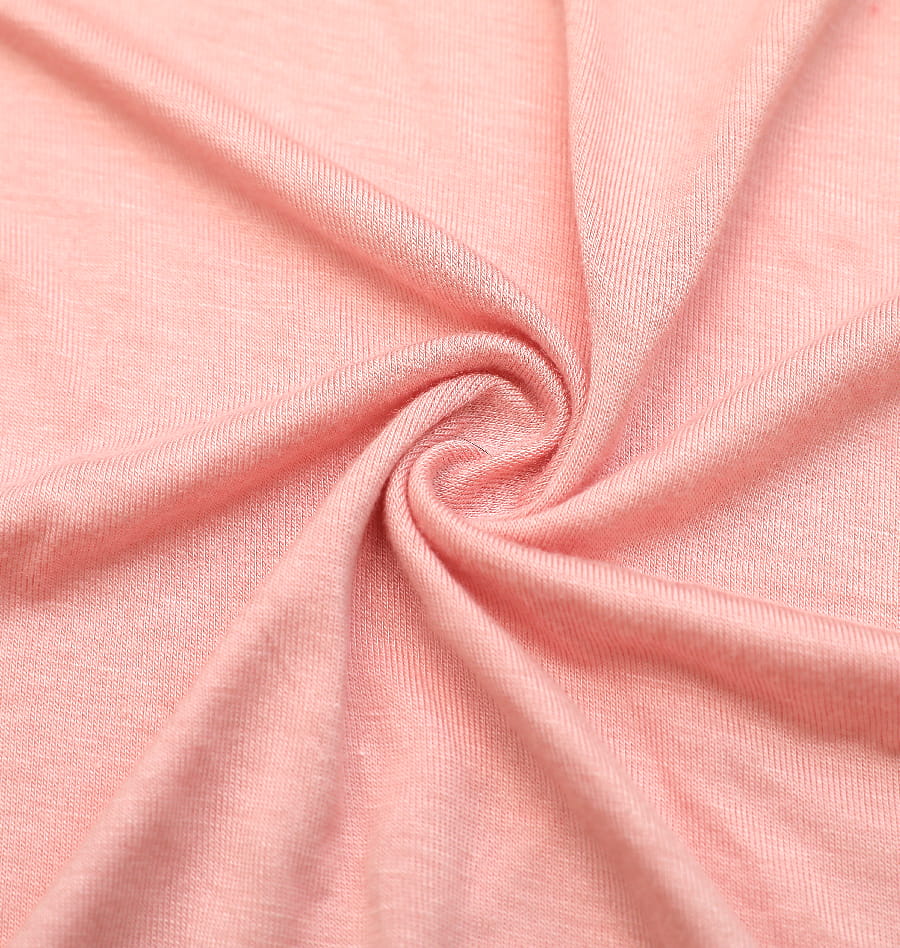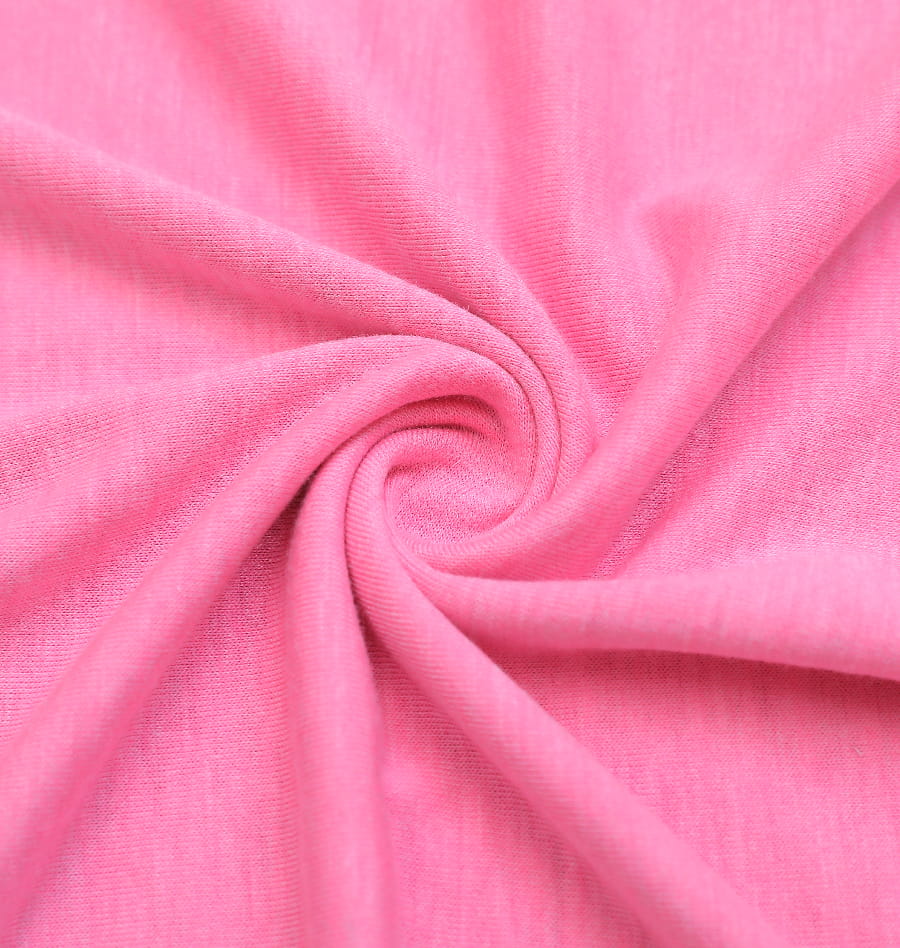Yellowing, also known as yellowing, refers to the phenomenon that the surface of white or light-colored materials turns yellow under environmental conditions such as light and chemicals.
Generally speaking, the common yellowing changes in textiles mainly include light yellowing and phenolic sulfonation. The former refers to the yellowing of the surface of textiles caused by sunlight or ultraviolet light, and the latter refers to the yellowing of double sided suede materials due to the action of nitrogen oxides or phenolic compounds.
Anti-yellowing measures
1. During the wearing process, consumers themselves pay attention to maintenance.
2. In the process of production and processing, strictly control the amount of fluorescent whitening agent to avoid exceeding the yellowing point of the fluorescent whitening agent.
3. During the finishing process, the setting temperature should not be too high. If the setting temperature is too high, it will cause the fabric to yellow after setting. For fabrics containing spandex, the setting temperature should be lower than 150 degrees Celsius.
4. During the packaging process, the textile BHT turns yellow.
5. Anti-yellowing treatment of packaged finished products. For the packaged finished products or the finished products in the warehouse, if there is yellowing or the yellowing test is found to be unqualified, and the washing marks and tags have been diced, it is not easy to deal with it.
In addition, if there is yellowing in the garment detection, avoid using brown cardboard and plastic film packaging fabrics containing phenolic antioxidants, and require good ventilation during storage.
In a word, yellowing is a common old problem in textiles, and there are many kinds of yellowing. By analyzing the original appearance of yellowing, judging the yellowing, and taking effective measures to produce yellowing in textiles, can the quality and performance of the product be better improved?

